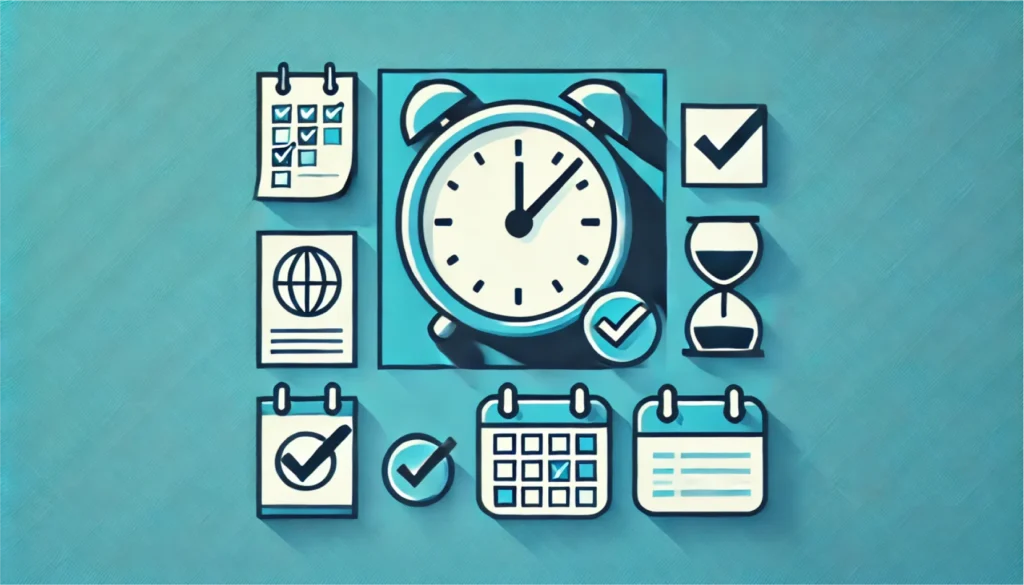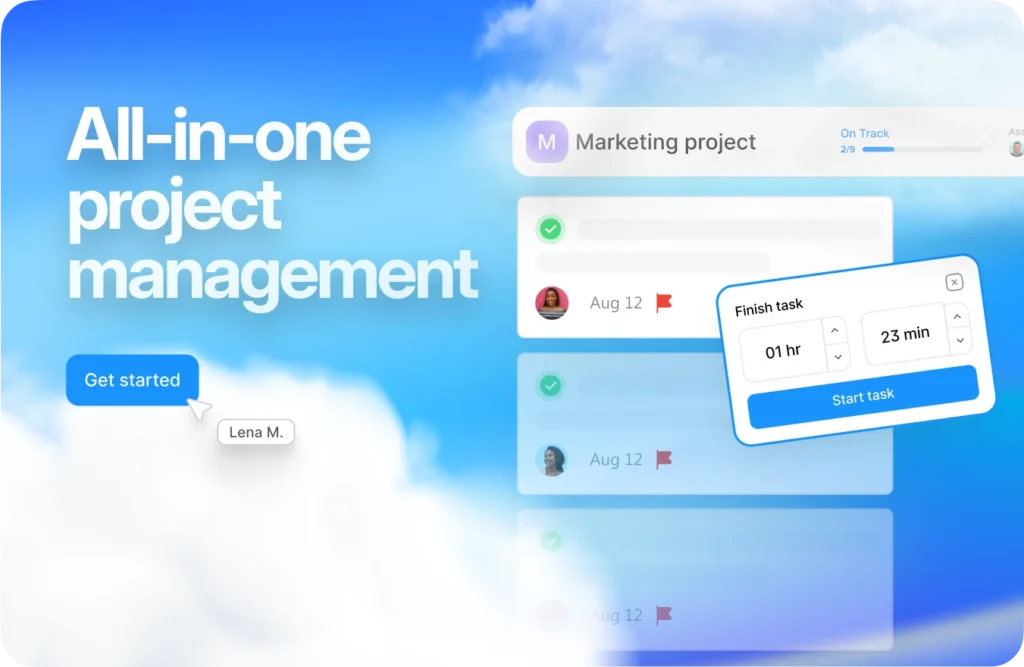10 Effective Ways to Avoid Missing Deadlines in Projects

Deadlines are the backbone of successful project management. Whether you’re leading a team or working on a solo project, meeting deadlines ensures progress, builds trust, and boosts credibility. Missed deadlines, on the other hand, can result in lost opportunities, strained relationships, and additional costs. So how can you ensure your projects stay on track? Let’s explore ten effective strategies to help you avoid missing deadlines.
Importance of Deadlines in Projects
Deadlines are the cornerstone of effective project management. They create a sense of urgency, ensuring that tasks are completed within a specific timeframe and resources are used efficiently. By setting clear deadlines, project managers can establish accountability among team members and maintain momentum throughout the project lifecycle. Deadlines also provide a structure that helps break down complex projects into manageable milestones, making it easier to track progress and identify potential bottlenecks early.
Moreover, meeting deadlines is essential for building trust and credibility with stakeholders. Clients and partners rely on timely delivery to align their plans and make decisions. Missed deadlines can disrupt workflows, tarnish reputations, and even result in financial losses. By adhering to well-defined timelines, teams not only enhance productivity but also foster a culture of reliability and professionalism, which is critical for long-term success.

10 Essential Tips for Delivering Projects on Time
1. Set Clear and Realistic Goals
Before embarking on any project, clarity is key. Define the objectives, deliverables, and scope of the project. Unrealistic goals are often a recipe for disaster—they set you up for failure from the get-go.
Start by understanding the project’s requirements and assessing your team’s capacity. Break down large goals into smaller, achievable tasks. This not only makes the work seem less daunting but also provides a clearer path to completion. Always remember: realistic goals set the stage for realistic timelines.
2. Prioritize Tasks Effectively
Not all tasks are created equal. Some are critical to the project’s success, while others are secondary. Learning to distinguish between urgent and important tasks can make or break your schedule.
Techniques like the Eisenhower Matrix or MoSCoW method can help in prioritizing tasks effectively. The idea is simple: focus on tasks that are both urgent and important first. Delegate or defer less critical activities, ensuring your resources are always directed where they’re needed most.
3. Develop a Detailed Project Plan
A solid plan is the foundation of any successful project. Begin by dividing the project into phases or milestones. Each phase should have its own set of deliverables and deadlines, making it easier to monitor progress.
Consider using tools like Gantt charts to visualize timelines and dependencies. This not only keeps your team on the same page but also allows for better coordination and accountability.
4. Leverage Technology for Time Management
Why rely on memory when technology can do the heavy lifting for you? Tools like Asana, Trello, or Jira are game-changers for tracking tasks, setting deadlines, and collaborating with teams.
Additionally, use digital calendars or reminder apps to stay on top of important dates. Automating routine tasks can also save valuable time and reduce the chances of oversight.
5. Communicate Clearly with Stakeholders
Open and transparent communication is non-negotiable. Regularly update your team, clients, or stakeholders on the project’s progress. This ensures everyone remains aligned and helps in addressing potential issues before they escalate.
Establish a feedback loop where concerns and suggestions can be shared freely. The sooner you identify and resolve conflicts, the smoother your project will run.
6. Delegate Tasks Strategically
No one can do everything alone, and attempting to do so often leads to burnout and missed deadlines. Effective delegation is about assigning the right tasks to the right people.
Start by understanding your team’s strengths and weaknesses. Who is best equipped to handle technical tasks? Who excels in client communication? By assigning responsibilities based on individual expertise, you ensure efficiency and quality.
Additionally, trust your team. Micromanaging not only wastes your time but can also demotivate your team members. Give them the autonomy to execute tasks while maintaining oversight to ensure everything stays on track.
7. Monitor Progress Regularly
Tracking progress is crucial for staying ahead of potential delays. Establish regular checkpoints to review where the project stands. This can be done through daily stand-up meetings, weekly progress reports, or milestone reviews.
Monitoring doesn’t mean waiting until the end of a task to assess its status. Use tools like dashboards in project management software to get real-time updates. These insights allow you to make informed decisions, redirect resources if needed, and avoid surprises.
8. Anticipate and Mitigate Risks
Every project comes with its share of risks—unforeseen circumstances, resource shortages, or technical hiccups. The key is to identify these risks early and have a plan to address them.
Start with a risk assessment during the planning phase. List potential roadblocks and their likelihood. Then, create contingency plans for high-priority risks. For instance, if a key resource is unavailable, who can serve as a backup? Proactive risk management ensures that even unexpected challenges don’t derail your timeline.
9. Practice Time Blocking and Scheduling
Time blocking is one of the most effective techniques for improving productivity. Instead of multitasking, dedicate specific time slots to particular tasks. This ensures focused work and minimizes distractions.
For example, allocate mornings to high-priority tasks that require deep concentration, leaving administrative tasks for the afternoon. Sync your calendar with team schedules to align efforts and avoid overlaps. Time blocking not only enhances individual productivity but also ensures the team remains synchronized.
10. Evaluate and Learn from Past Projects
Every completed project is a treasure trove of insights. Conduct a post-project review to analyze what went well and what didn’t. Were there recurring issues that caused delays? Could certain processes be streamlined for future projects?
Encourage your team to share their experiences. By documenting lessons learned, you create a reference guide for avoiding similar pitfalls in future projects. Continuous improvement is the cornerstone of long-term success.
Deadlines can make or break a project, but missing them doesn’t have to be inevitable. By setting realistic goals, prioritizing effectively, leveraging technology, and maintaining clear communication, you can keep your projects on track. Strategic delegation, regular monitoring, and proactive risk management further enhance your ability to meet deadlines consistently.
Incorporate these ten strategies into your workflow, and you’ll not only avoid missed deadlines but also foster a reputation for reliability and efficiency. Start implementing these practices today to see the difference they can make in your projects!

